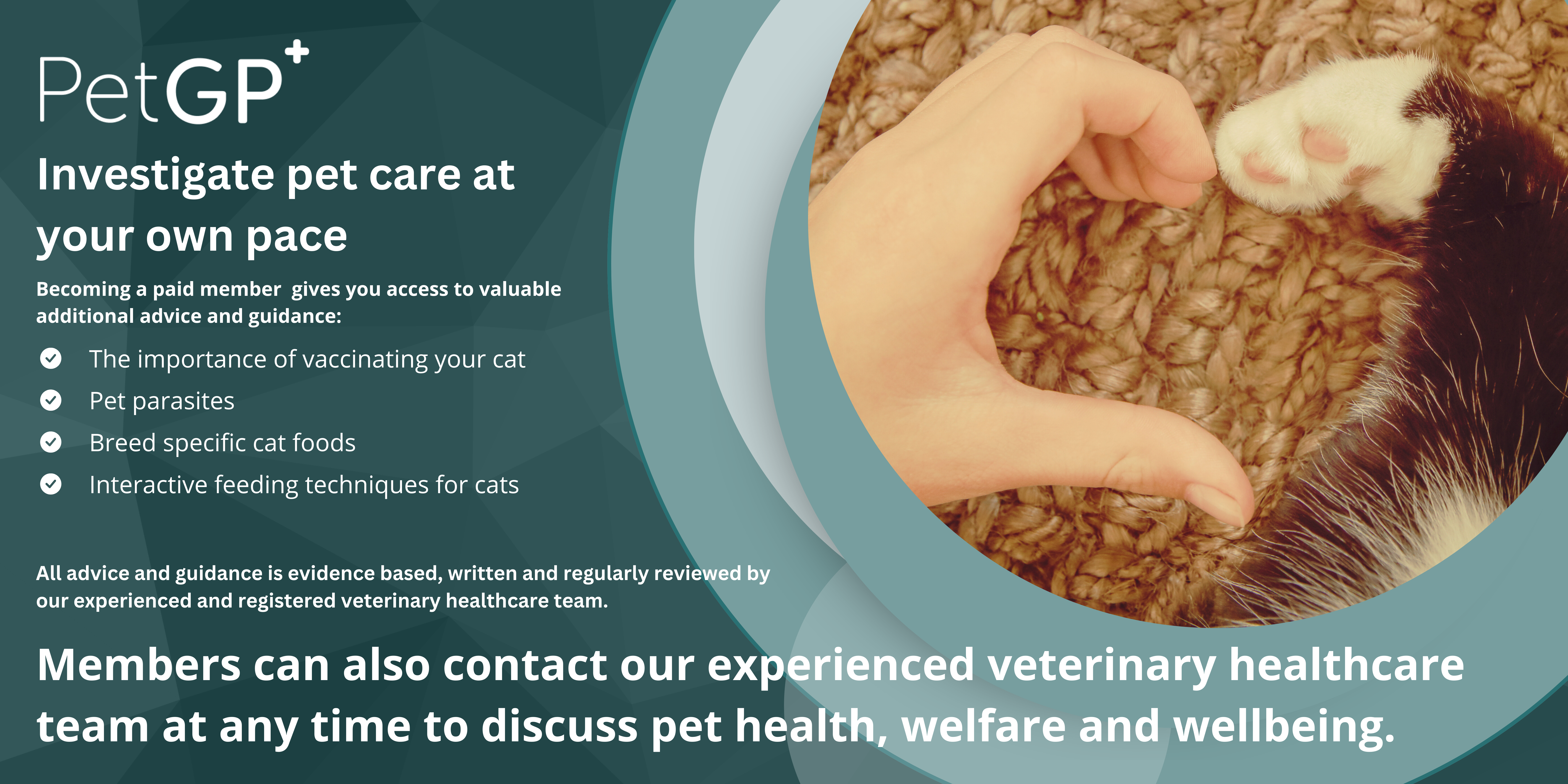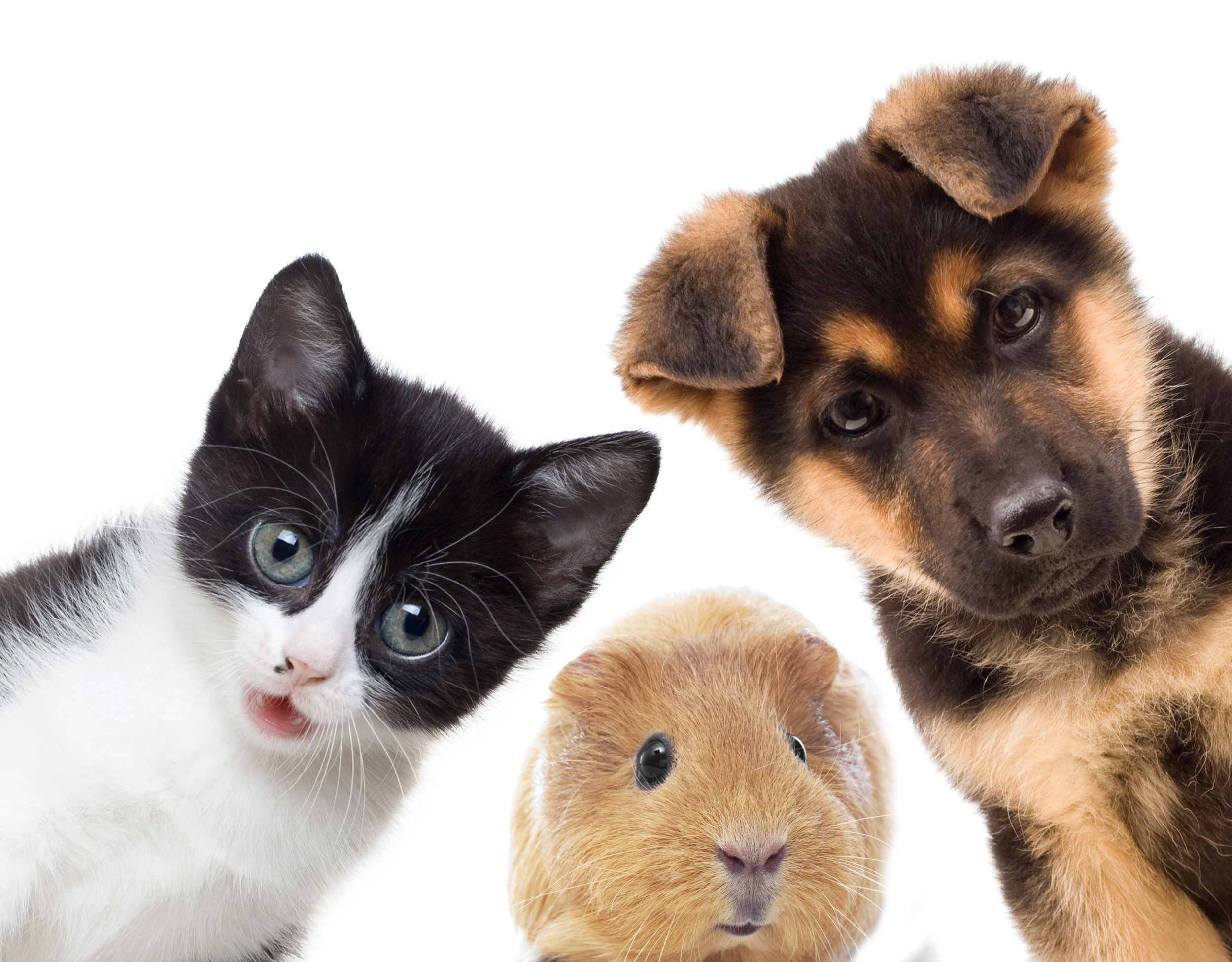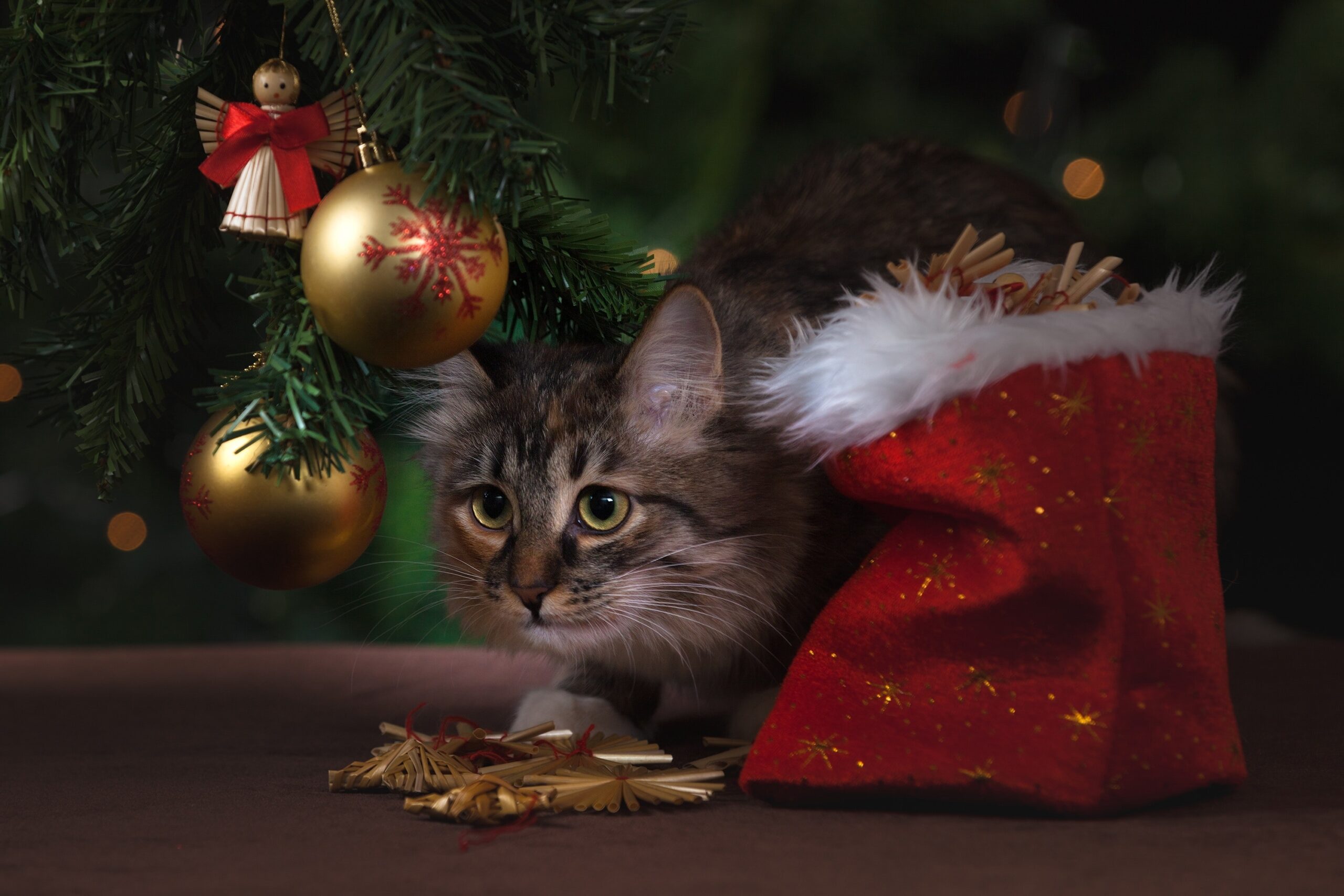Cats and Clothes – The pros and cons
You have no doubt seen lots of content and social media posts of cats dressed in funny, cute, and silly costumes and clothes. Lots of these are designed as costumes for festivities like Christmas or Halloween. Some are just daily clothing items that may seem appealing. It is important however that you understand the implications of putting your cat into any clothing. We will help guide you to understand these as well as highlighting things you may not have thought of.
There are lots of choices available online, through pet retailers and shops. All costumes must be well thought out to ensure safety for your pet, and to ensure you are not causing them undue stress. If you are unsure and would like more guidance about clothes and your cat speak to your veterinary team.
Understanding you cats needs
There are 5 legal requirements you must meet for your cat, and these are enshrined in UK animal welfare legislation. These are Health, Behaviour, Environment, Nutrition and Mental or Companionship. It’s important to consider each of these when thinking about clothes for your cat.
The British Veterinary Association, recognise a cats’ right to be able to exhibit natural and normal behaviour patterns. This can involve misinterpreting human emotions in your cat. Are they “sulking” when wearing a costume, or are they stressed and anxious.
It’s important to consider the natural movements of your cat and their ability to maintain a normal body temperature. Some clothes and costumes can be restrictive and prevent cats from grooming or running or even make toileting difficult. This loss of natural behaviours and expressions can cause stress, anxiety. There is also a potential danger if clothes or costumes become entangled or tighten.
It’s important to consider does the clothing prevent your cat from communicating effectively. Body language and communication between cats can involve changes to their body shape and tail positioning. Often subtle clues to their feelings are expressed though this body language. If the clothing prevents this natural method of communicating with other cats it could lead to misunderstandings and possible aggression. It will also lead to stress and anxiety for your cat. This could then can cause health issues if long term stress exists. You should always be thinking about keeping your cat healthy so consider costumes role in this. Are they likely to cause pain, risk injury from entanglement or skin and eye irritation? If so, they should not be worn.
Pets are individuals and not humans so it’s important to recognise this and treat them with respect.
Risks of clothing
It’s a well-known risk for children’s costumes to be flammable. Your cat's costumes and clothing can also present a flammability risk. Cats' costumes and clothing should be made to the same standards as human costumes. Regulations should be followed to test the ignitability of fabrics used in their production. Many of the festivities in which you might reach for a costume for your cat involve naked flames such as Halloween or Christmas. It's vital so be safe and follow best practices in checking labels on fabrics . Cats can be unpredictable and can access areas even at height so never leave a naked flame or heat source unattended around your cat.
Additionally, it's also important to consider costumes and clothing risk if your cat likes to chew or swallow things. Items of clothing, tassels, and strings can present a high degree of risk as a foreign body if swallowed by your cat.
When clothing may be helpful
We’ve already established its important to fully consider your cat’s needs when discussing clothing options, but there are also times that clothes may be helpful or useful.
Your veterinary team may advice your cat wears a surgical vest after surgery to prevent interference with stitches. Pressure vests and therapy tops are often used as an anti-anxiety aide in cats that are stressed or anxious in some circumstances such as travel or for vet visits. These should be discussed with your veterinary team to determine they are suitable and beneficial for your cat.
If your cat wears a collar its recommended that this is a safety quick release collar to prevent injuries. It’s also a good idea to make this a high visibility collar to keep your cat safe on those dark winter nights.
Clothing for your cat comes in many varieties, not all of which achieve the same result. If the clothing is not beneficial to your cat, then it’s important to consider their needs. You must consider welfare implications and personality traits before embarking on any attempts to put them into costumes or clothes. Talk to your veterinary team for more guidance specific to your cat’s needs and personal situation.





